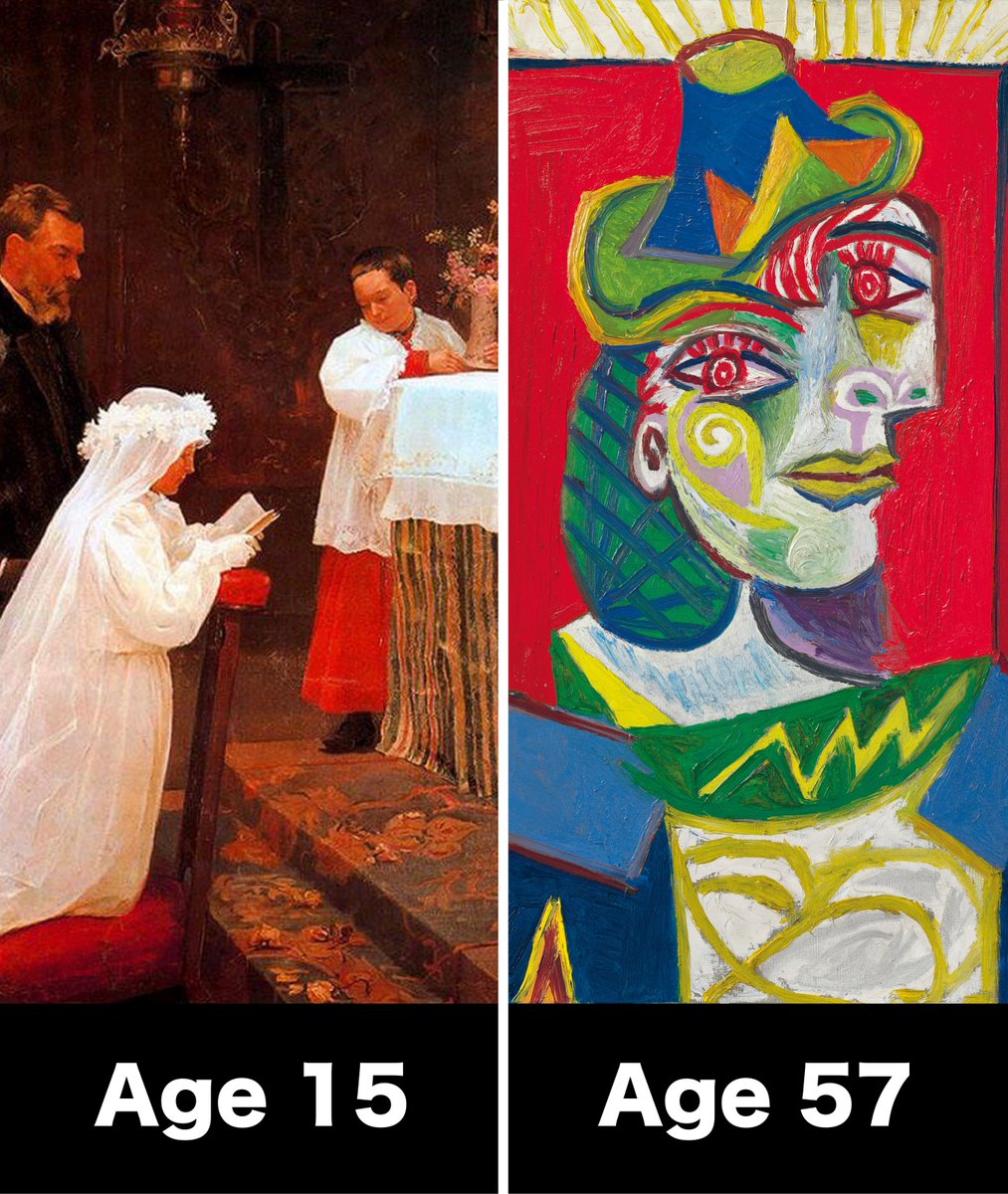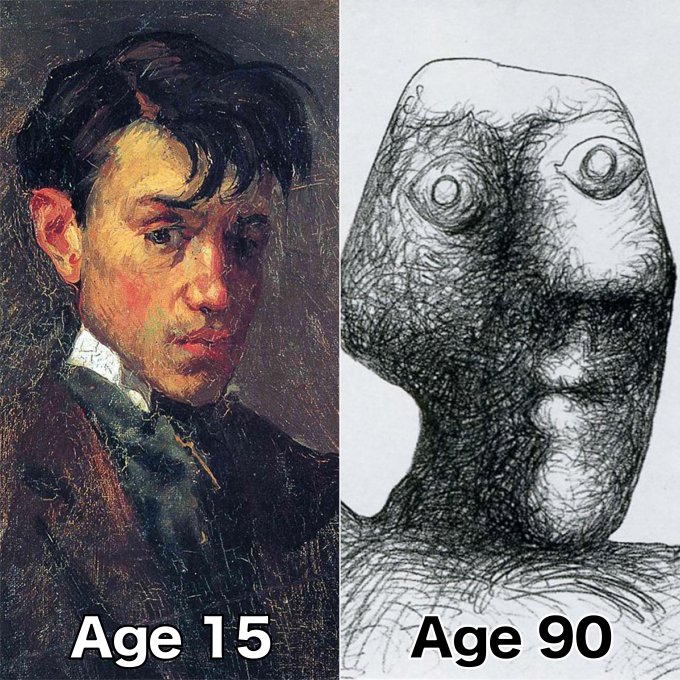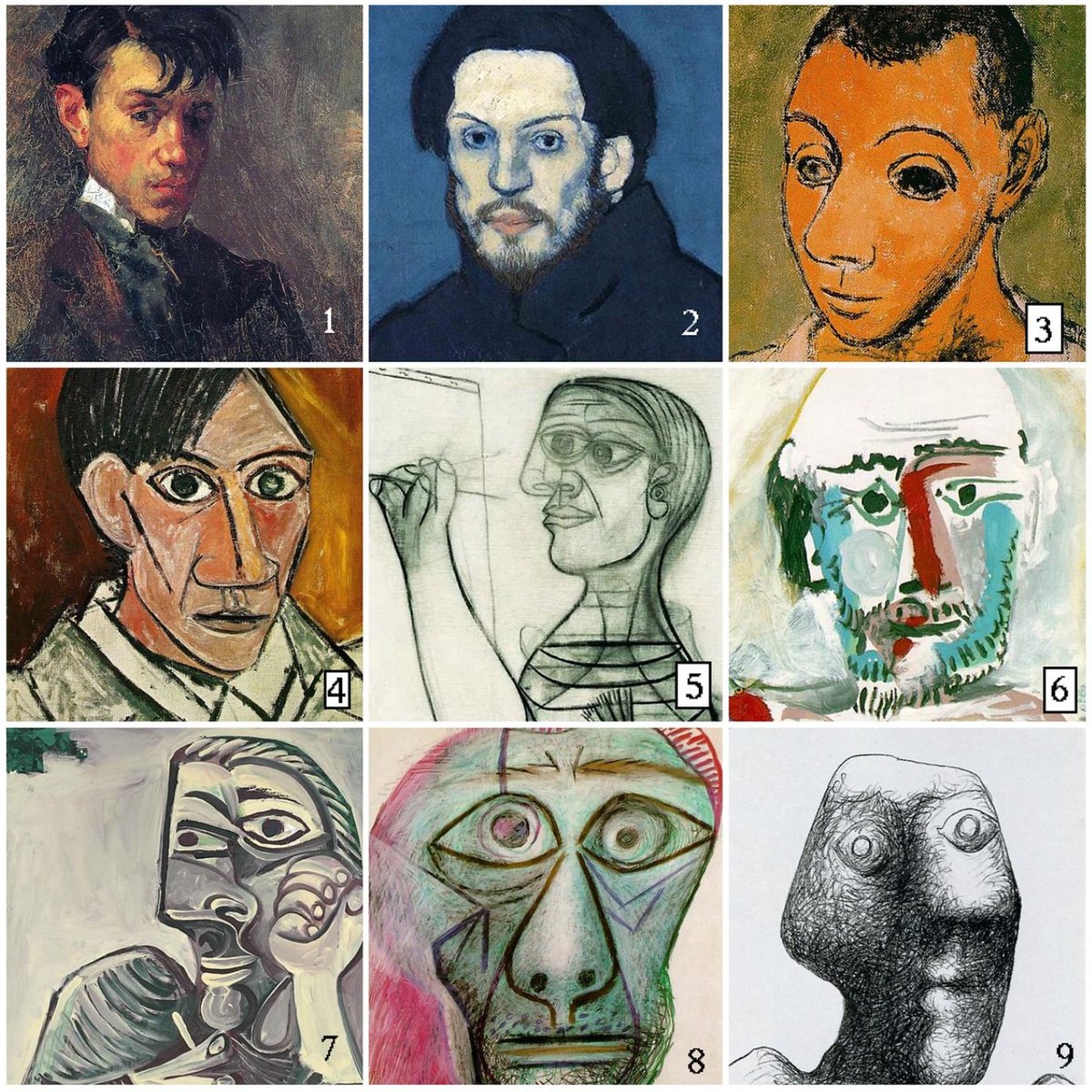The story of Saint George isn't just about a brave knight slaying a dragon and saving a damsel.
St. George matters because he holds the answer to the most important of all questions:
What actually is evil, and how do you destroy it? 🧵
St. George matters because he holds the answer to the most important of all questions:
What actually is evil, and how do you destroy it? 🧵

To understand the nature of evil, first note that the dragon is a perversion of the natural world.
Its origin is in nature, like the snake or lizard, and that makes it compelling. It's close enough to something natural (something good) that we tolerate it.
Its origin is in nature, like the snake or lizard, and that makes it compelling. It's close enough to something natural (something good) that we tolerate it.

And notice the place from which it emerges. In Caxton's 1483 translation of the Golden Legend, it emerges from a stagnant pond: water without natural currents, which breeds decay.
It's also outside the city walls, and thus overlooked.
It's also outside the city walls, and thus overlooked.

Things overlooked, however, cannot be ignored forever: "And when he came nigh the city he venomed the people with his breath."
The dragon doesn't begin its reign of terror by attacking people directly — it's his poisonous breath that kills.
The dragon doesn't begin its reign of terror by attacking people directly — it's his poisonous breath that kills.

What this reveals is that mere proximity to evil is enough to cause harm.
You might think you're standing at a safe distance, but many of evil's effects are invisible to the naked eye.
You might think you're standing at a safe distance, but many of evil's effects are invisible to the naked eye.

The dragon then proceeds to bargain with the people. In return for leaving the city, he demands sheep. Once those run out, he's given men, then children.
Eventually, even the King's virgin daughter is offered up in sacrifice.
Eventually, even the King's virgin daughter is offered up in sacrifice.

Therein lies evil's greatest hallmark: it destroys not just the innocent, but innocence itself.
The road to evil is filled with concessions and bargaining. First it's just some sheep, then some strangers, but it's nothing directly related to you.
The road to evil is filled with concessions and bargaining. First it's just some sheep, then some strangers, but it's nothing directly related to you.

As the princess awaits the dragon, Saint George finally arrives. She says to him:
"Go your way, fair young man, lest you perish as well."
George has none of it. He pledges to help, but interestingly, doesn't pledge to *save* her...
"Go your way, fair young man, lest you perish as well."
George has none of it. He pledges to help, but interestingly, doesn't pledge to *save* her...

That difference is important: the key to defeating evil is choosing to act, even in the face of defeat.
Many of history's great stories tackle this theme, like Tolkien's Battle of the Black Gate — Gondor's armies fight what they fully expect is a losing battle, but do so anyway.
Many of history's great stories tackle this theme, like Tolkien's Battle of the Black Gate — Gondor's armies fight what they fully expect is a losing battle, but do so anyway.

Tolkien's friend C.S. Lewis also captured the importance of this kind of courage:
"Courage is not simply one of the virtues, but the form of every virtue at the testing point."
"Courage is not simply one of the virtues, but the form of every virtue at the testing point."

So, Saint George goes forth to confront the dragon, and once it appears, rushes toward it with his spear.
Interestingly, he doesn't kill it just yet, but only injures it. What happens next is the most overlooked part...
Interestingly, he doesn't kill it just yet, but only injures it. What happens next is the most overlooked part...

Saint George commands the princess to tie her garter belt around the dragon's neck to subdue it.
"When she had done so the dragon followed her meekly. She led him into the city, and the people fled in fear."
And that's the key to the entire story…
"When she had done so the dragon followed her meekly. She led him into the city, and the people fled in fear."
And that's the key to the entire story…

The knight's courage enables him to incapacitate the dragon. But it's a fragile piece of cloth held by a seemingly powerless young maiden that subdues it enough to be led into the city, where it is slain.
What does that mean?
What does that mean?

The garter is a symbol of virtue, tied to virginity, chastity, and honor in medieval thought.
In this story, purity and innocence have the ultimate power over corruption and sin. In other words, evil is not merely slain by arms, but tamed by virtue.
In this story, purity and innocence have the ultimate power over corruption and sin. In other words, evil is not merely slain by arms, but tamed by virtue.

One final point: it is only after the dragon is led into the city and the people baptized that Saint George finally kills it.
Why?
Why?

The people's baptism represents more than their conversion to Christianity.
It's a reversal of the forces that gave life to the dragon in that stagnant, dead water. The *living* waters of baptism now renew the people, and directly precede the dragon's execution.
It's a reversal of the forces that gave life to the dragon in that stagnant, dead water. The *living* waters of baptism now renew the people, and directly precede the dragon's execution.

Saint George reminds you that to defeat the beast you must tame it through virtue.
It's in the exercise of virtue that weakness is made strong, the frail confound the mighty, and evil is vanquished for good...
It's in the exercise of virtue that weakness is made strong, the frail confound the mighty, and evil is vanquished for good...

We go deeper on this in our FREE newsletter.
Don't miss tomorrow's email.
Join 240,000+ readers: history, philosophy, and culture 👇
theculturist.io/welcome
Don't miss tomorrow's email.
Join 240,000+ readers: history, philosophy, and culture 👇
theculturist.io/welcome
• • •
Missing some Tweet in this thread? You can try to
force a refresh

























